mobile View, to the German Version tap the flag


- Sultanate of Lingga
- fromer Malay state
• Flags
• Meaning/Origin of the Flag
• History

to 1818,
Flag,
Source, by: Die Welt im bunten Flaggenbild




1818–1911,
National and state flag (ashore),
Source, by: Die Welt im bunten Flaggenbild, Wikipedia (CA)



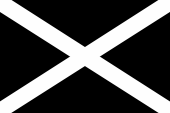
1818–1911,
Staats- und Marineflagge (zur See),
Source, by: Wikipedia (CA)



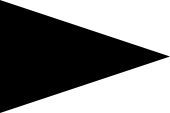
1818–1911,
Handelsflagge,
Source, by: Wikipedia (CA)



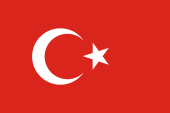
1883(?)–1911,
mögliche einzige Flagge,
Source, by: Wikipedia (EN)




to 1911,
Standard of the Sultan,
Source, by: Die Welt im bunten Flaggenbild



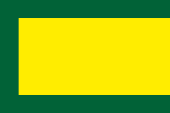
1722–1883(?),
Standard of the Vice King,
Source, by: Wikipedia (CA)



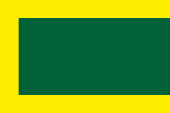
1722–1883(?),
Standard of the Heir,
Source, by: Wikipedia (CA)




The Sultanate of Lingga was until the middle of the 19th century one of the mightiest Malay States in the region. Lingga subjected large parts of Malaya and spreaded its black flag over the whole south of the Malakka peninsula. The flags of Johore, Pahang and Terengganu had and have their roots in the flag of Lingga. As Lingga came more and more in the dependence of the Netherlands the country added in the year 1818 – after a contract – on its black flag a white upper staff quadrant. Probably should in this way been demonstrated the loyalty of Lingga to the Netherlands. Probably descends from the Sultanate of Lingga the practice to use as flag of the Sultan a white cloth. This is unusual because in whole Southeast Asia the colour yellow counts for those colour which represents the sovereign. The Sultanates of Johore, Pahang, Terengganu, Kelantan and Perak took over this tradition from Lingga and in this way its Sultans use until today white flags. Since 1722, the leadership of the country was exercised through a kind of duality, on the one hand the Sultan, on the other the Viceroy (Adat). With the gradual decline of the empire, the function of the viceroy changed more and more into that of a spiritual and religious leader. From 1883, both functions were united in one person namely in Abdul Rahman II, who, firstly, had a strong Sufi influence and who promoted the idea of subordinating the country to the Ottoman Empire as a political and religious protective power against the Netherlands and the British. It is possible that the last known flag in the design of the Ottoman Empire goes back to him. Abdul Rahman II was deposed by the Dutch on 11th of February in 1911.
Source:
Die Welt im bunten Flaggenbild, Wikipedia (EN), Volker Preuß

The Sultanate of Lingga probably arised in the 16th/17th century. It expands from the Lingga-Archipelago over Singapore to the north over the Malakka peninsula. Lingga came in the 18th/19th century more and more in the focus of colonial interests mostly from the side of United Kingdom and the Netherlands. The parts of the country Pahang and Johore became finally independet and then under the control of the British. The Lingga-Archipelago became subjected by the Netherlanders and became incorporated in whose colonial empire. The country was broken and divided.
Source:
Atlas zur Geschichte,
Die Welt im bunten Flaggenbild


![]()

























![]()
